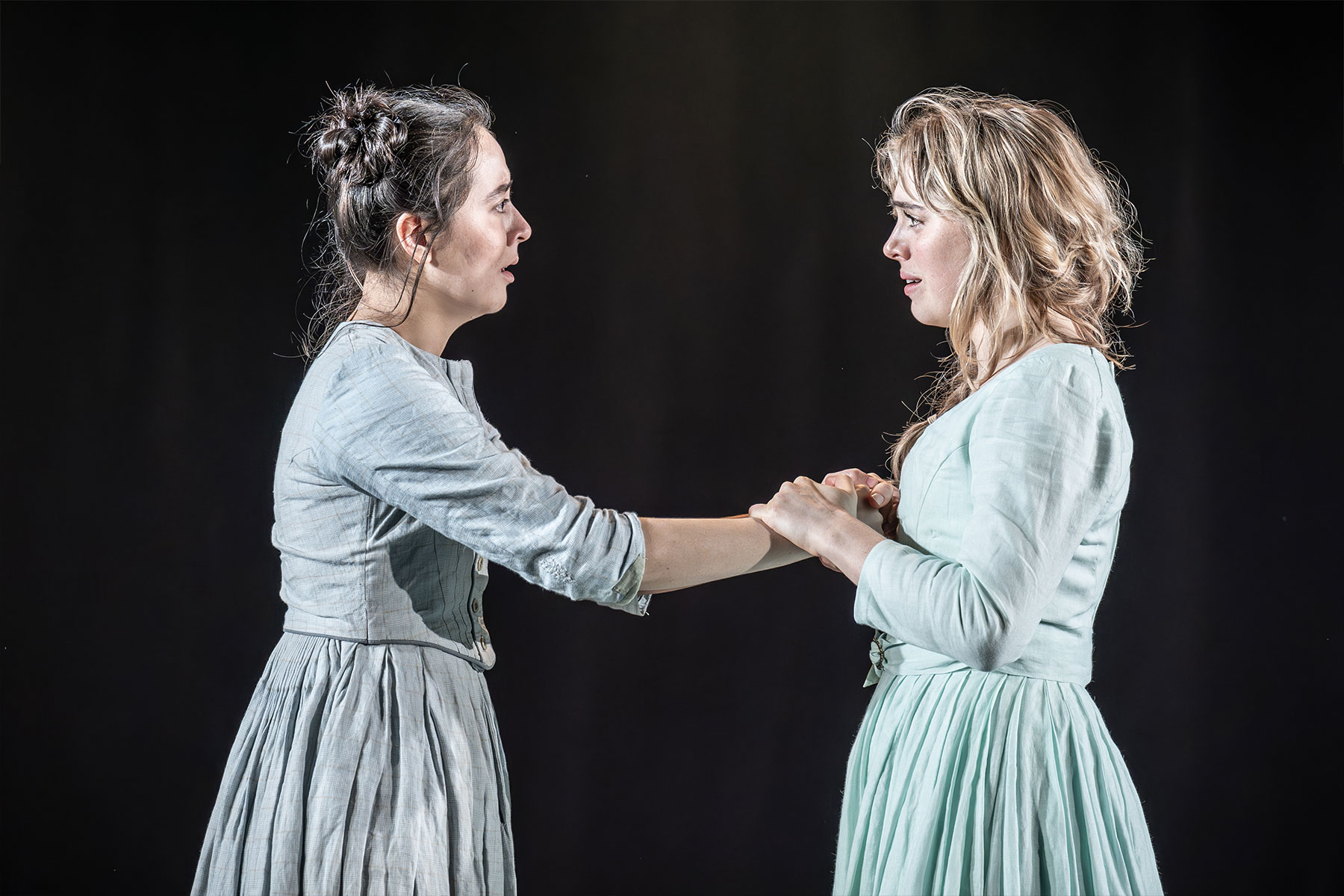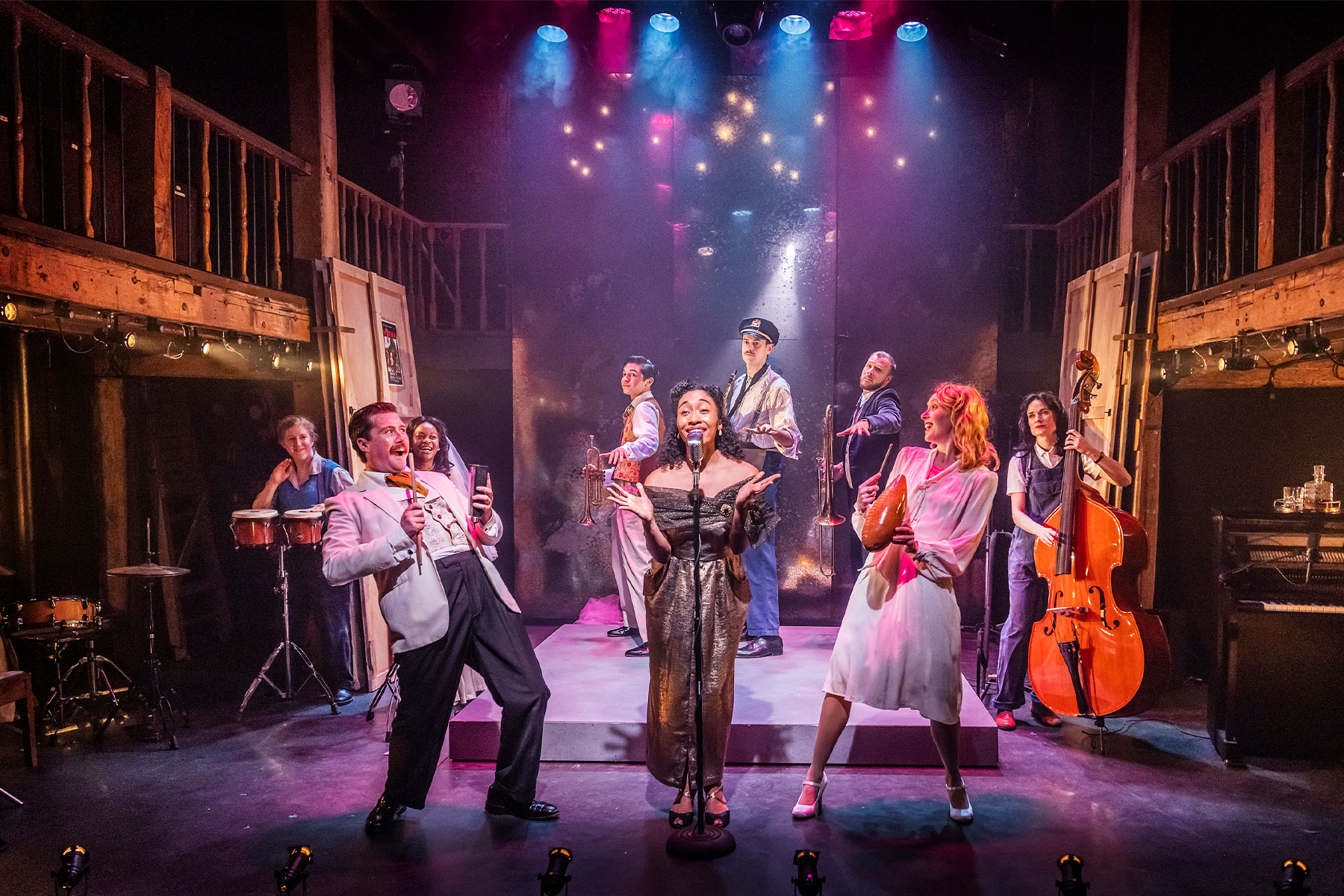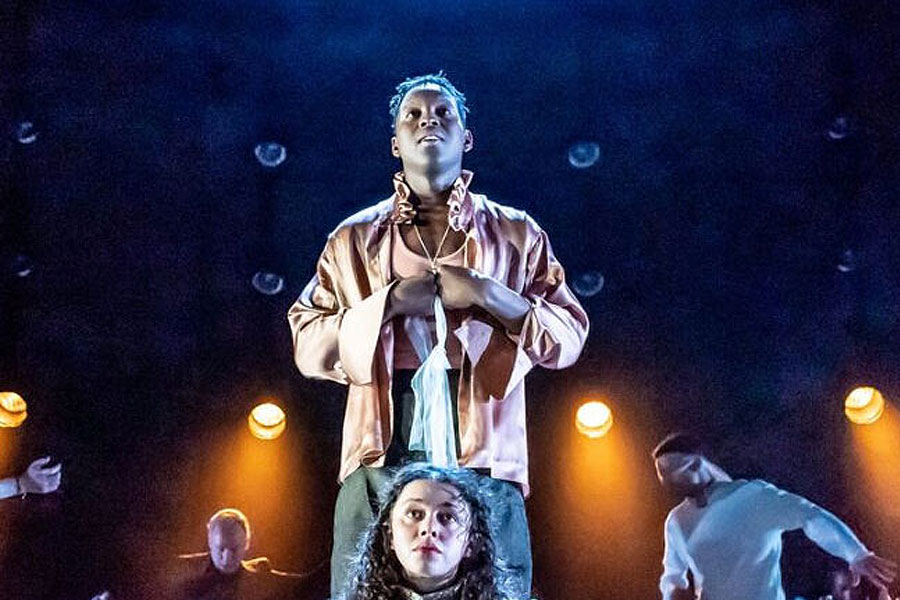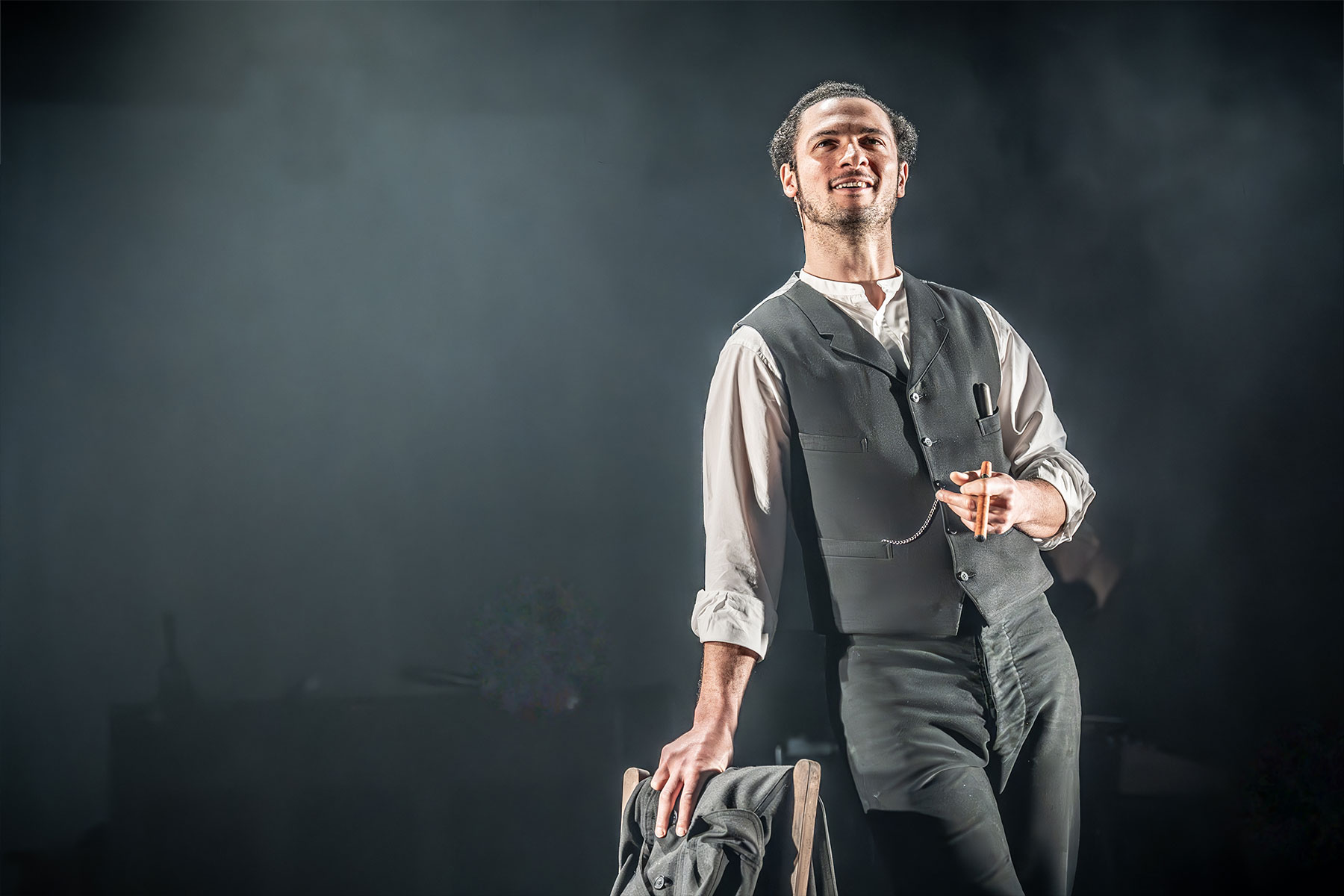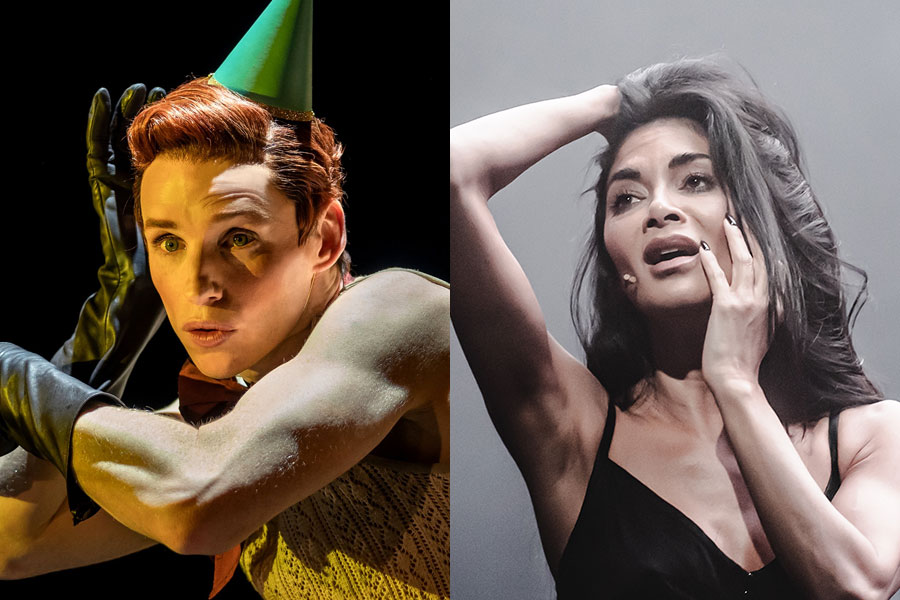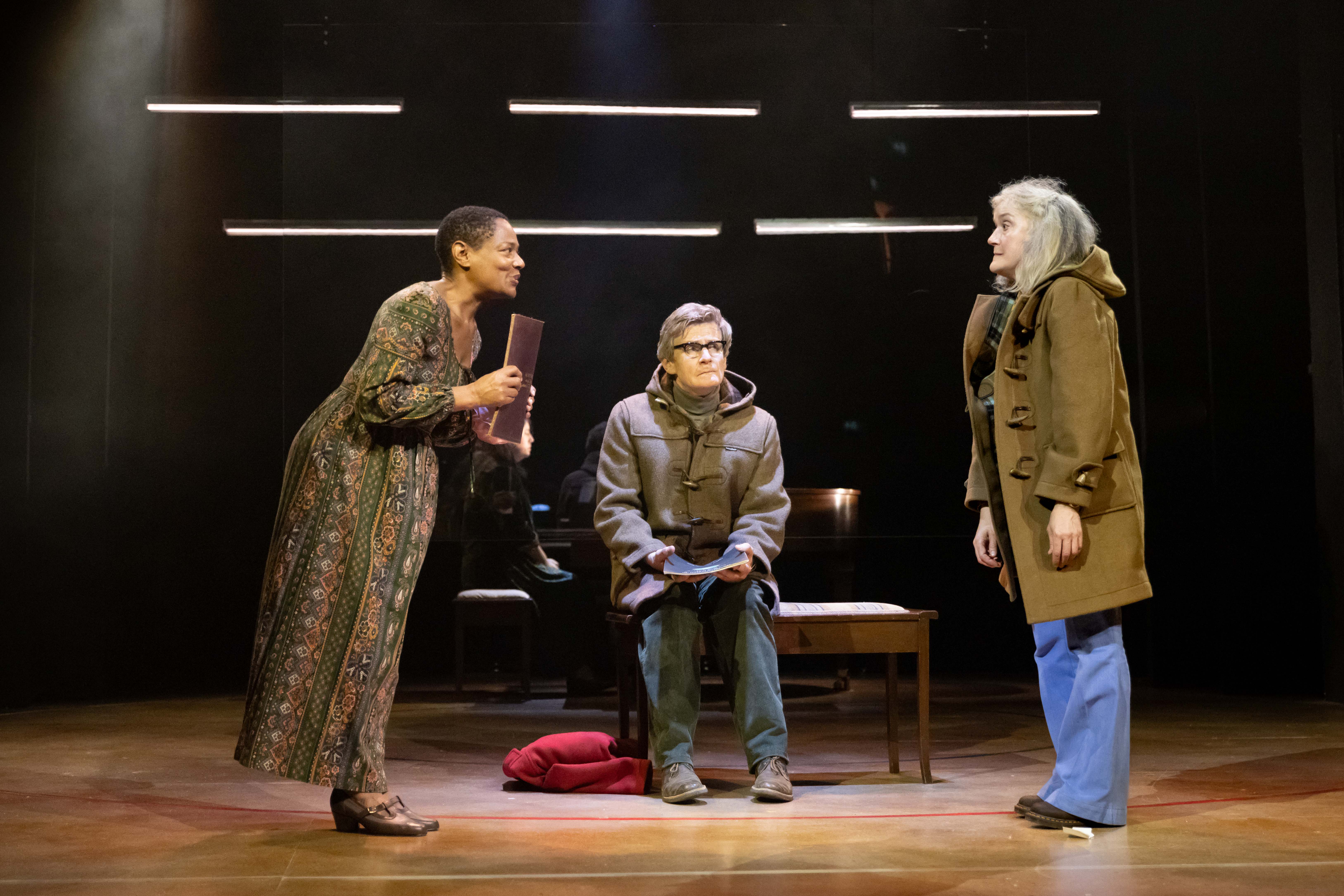The Globe Mysteries
There’s something undoubtedly incongruous about sitting in the Globe, watching one of the oldest forms of drama, and hearing references to Wembley Stadium, George Bush and mobile phones.
Fittingly pantomimic in style, Tony Harrison‘s dense script leans heavily on rhyming couplets and somehow manages to bridge the first and 21st centuries through a strange kind of linguistic mash-up (Jesus tells his Father, “thy will have I done, and some”; Eve greets God, “Blessed be thou, Lord of life / I am Eve, Adam’s wife”).
It’s ancient themes with modern jokes. Lucifer reimagined as a slapstick comic, Cain and Able as canny Geordies, Herod as a fetishistic pimp. There are no end of winks and nudges, and never is the mood allowed to darken too much, even after a brutal depiction of Herod’s massacre of infants.
But for all its well-intentioned joviality there’s something rather monotonous about this modern take on a mediaeval staple. Perhaps it’s because as an audience we’re more over-saturated with dramatic interpretations of the Bible than those for whom these plays were originally intended. Perhaps the deeply episodic nature of the stories struggles to hold our attention when we’re used to more complex constructions. Either way, by the end I was shuffling.
A fine ensemble of 14 play no less than 60 characters over the course of nearly three hours. Stand outs include Paul Hunter doubling up as Lucifer and Herod (among others), William Ash as a hipster Jesus, and Matthew Pidgeon, who channels a bit of Joseph Wiseman’s Dr No as Pilate. David Hargreaves lends gravitas as God, though his omniscience failed to help with a few of the lines on opening night.
There is much to enjoy, including a scattering of sharp visual gags (the best of which involves an unexpected rendering of Da Vinci’s Last Supper) and a spectacular crucifixion scene. But the endless gurning, contemporary referencing and elemental rhyming does eventually begin to grate.



